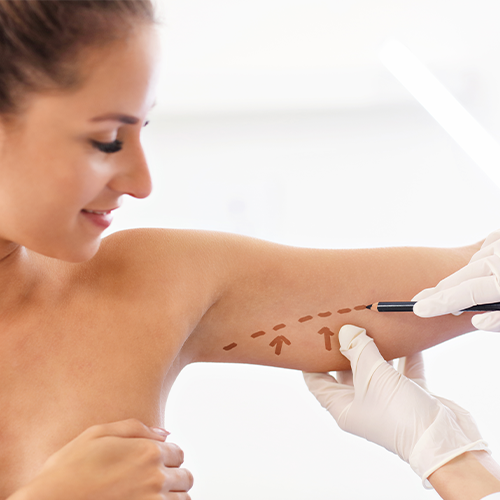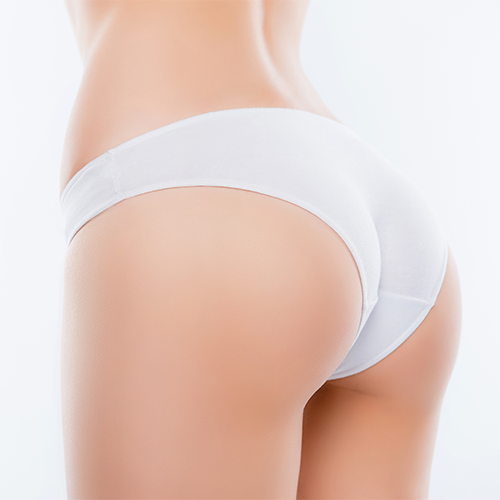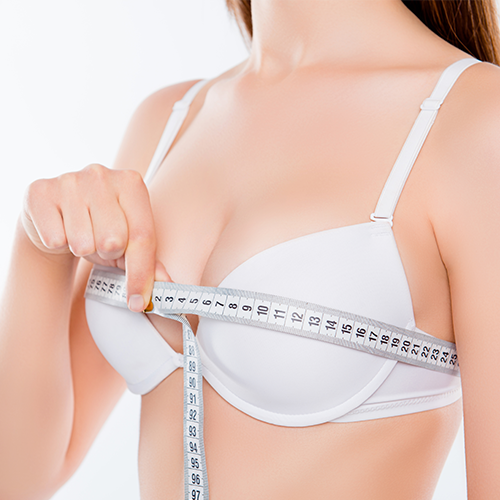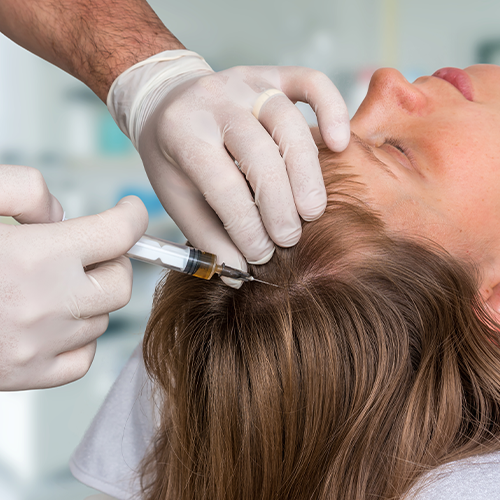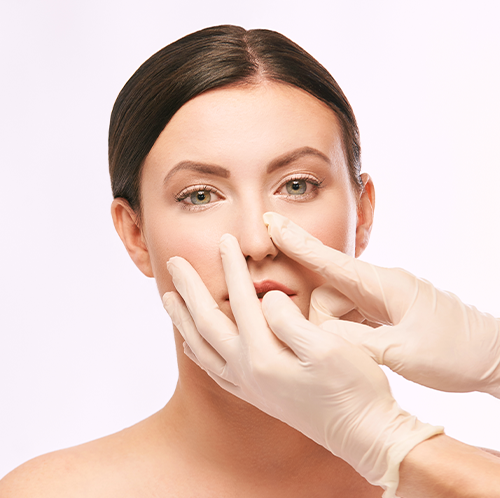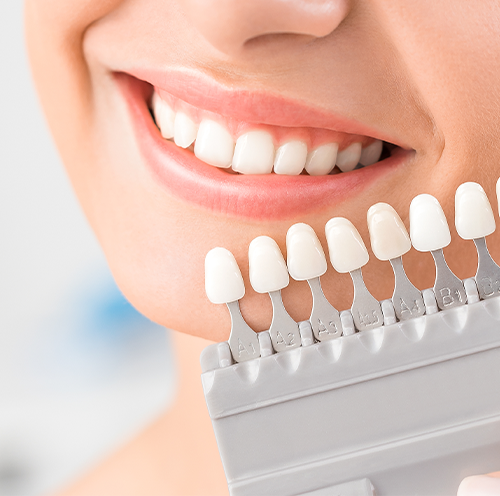
The buccal fat pad is an adjusted mass of fat in your cheek .Everybody has buccal fat pads. It's situated between facial muscles, in the empty region underneath your cheekbone. The size of your buccal fat cushions influences your face shape. The size of buccal fat pads can change enormously.
On the off chance that you have bigger buccal fat pads, you could feel like your face is excessively round or full.
If you have a smaller buccal pads and creating a slimmer face, plastic surgeon can suggest you buccal fat removal operation. This procedure is done to decrease the width of round faces.
Buccal Fat Removal Procedure
- Buccal fat removal is a type of plastic surgery. This is also known as a buccal lipectomy and cheek reduction surgery.
- In the procedure, the buccal fat pads that in your cheeks are removed in a surgical way. This makes the cheeks thin and defined in facial angles.
- The surgery can be done alone or combine with another procedures such as facelift, rhinoplasty, chin implants. lip augmentation, botox injection.
- If you want to have buccal fat removal surgery, you have to have your ideal weight, good physical health, round face, small rounded fat mass in the cheek. On the other hand, you can have this surgery if you are not pleased with your fat mass on your cheek. It is not recommended to smoke . You should also have realistic expectations about the surgery.
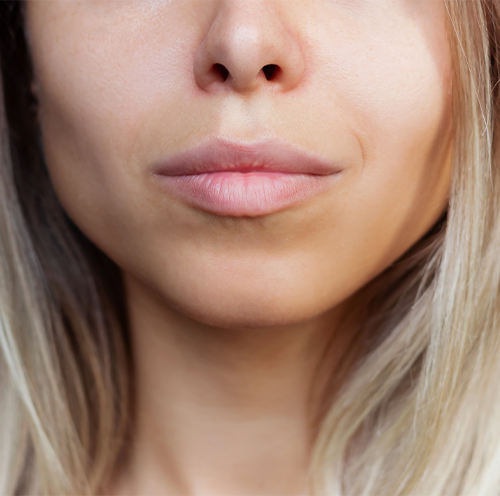 Buccal fat removel isn't suitable for everybody. It may not be suggested in the accompanying situations:
Buccal fat removel isn't suitable for everybody. It may not be suggested in the accompanying situations:
- In the event that your face is normally flimsy, the medical procedure could cause indented cheeks as you age.
- Your face is restricted.
- You have moderate hemifacial decay (Parry-Romberg disorder). This interesting issue makes skin on one side of the face recoil. It's known to influence the buccal fat pad.
- You're more established. As you age, you normally lose fat in your face. The technique could stress cheeks and different indications of facial maturing.
- A plastic specialist is the best individual to decide whether you're an ideal patient fort he surgery.
Buccal Fat Removal Procedure
Before the procedure
Before the procedure, you’ll talk to your plastic surgeon about your expectations and aims, you should discuss your medical conditions, past surgeries, drug allergies,concomitant medications, including vitamins and other supplements. You should inform the physician about your alcohol, tobacco, and drug usage. You may need to stop taking some medications or get blood tests before the procedure.The physician will also analyze your face.
This information permits your physican to conclude the best methodology as well as decide potential dangers and recuperation viewpoint.
During the procedure
If you’re having combine surgery more than one, you might be given general anesthesia. In this case, the surgery will be in hospital. If you’re only getting buccal fat removal, you’ll be given local anesthesia in your face. You won’t feel any pain, but you’ll be awake during the procedure.
Your physician will make an incision inside your cheek and remove the fat from your cheek. Then, the cut will be closed with dissoluble stitches.
After the procedure and Recovery
Before leaving the hospital, you'll be given an extraordinary mouthwash to prevent the scar from contamination. Your supplier will disclose how to really focus on your incision point and will inform you how to care yourself during recovery.
You'll have to eat a fluid eating regimen for a long time. You can then advance to delicate food varieties prior to getting back to your typical eating routine.
After the procedure, your face will be enlarged and you might encounter swelling.
Full healing generally requires around 3 weeks.
During recuperation, follow your primary care physician's bearings for taking care of oneself and eating. Go to all of your followup arrangements.
You can hope to get brings about a while. It requires some investment for your cheeks to sink into their new shape.
The potential complications of buccal fat removal
Buccal fat removal is generally safe procedure and it is not risky. However, like all procedures, there’s a little risk for possible side effects. Possible complications may be infection, excessive bleeding ,some reaction due to anesthesia, lockjaw, hematoma, fluid accumulation, salivary gland and facial nerve damage, cardiac or pulmonary side effects, facial asymmetry, excess removal of fat, deep vein thrombosis. Another surgery may be necessary for some of these issues. Recovery takes several weeks. For best results, work with an experienced board certified plastic surgeon.
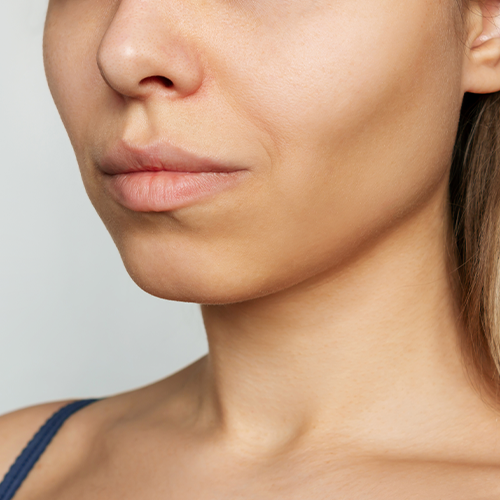
 Average length of stay
Average length of stay Length of stay in hospital
Length of stay in hospital Operation duration
Operation duration Anesthesia
Anesthesia Recovery Duration
Recovery Duration